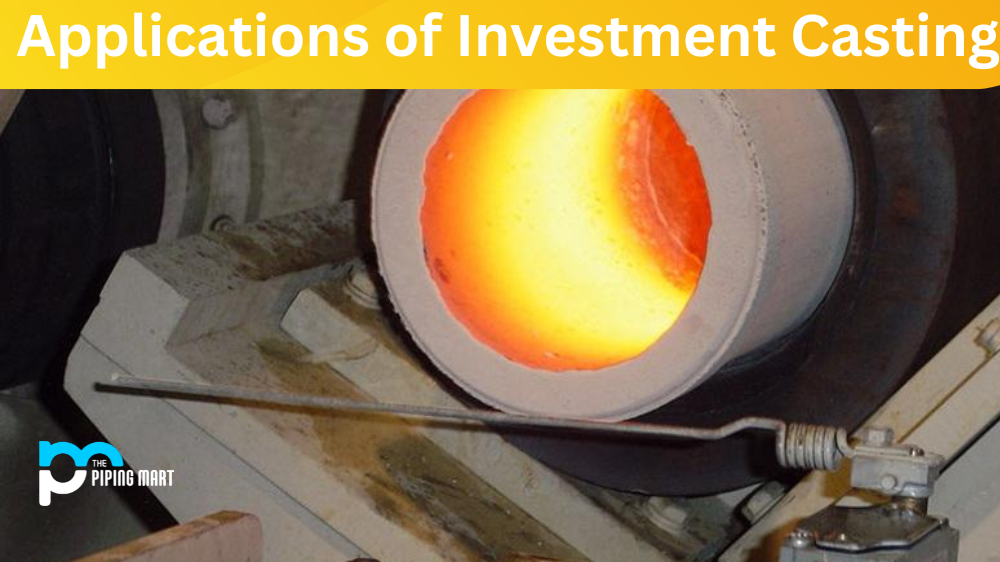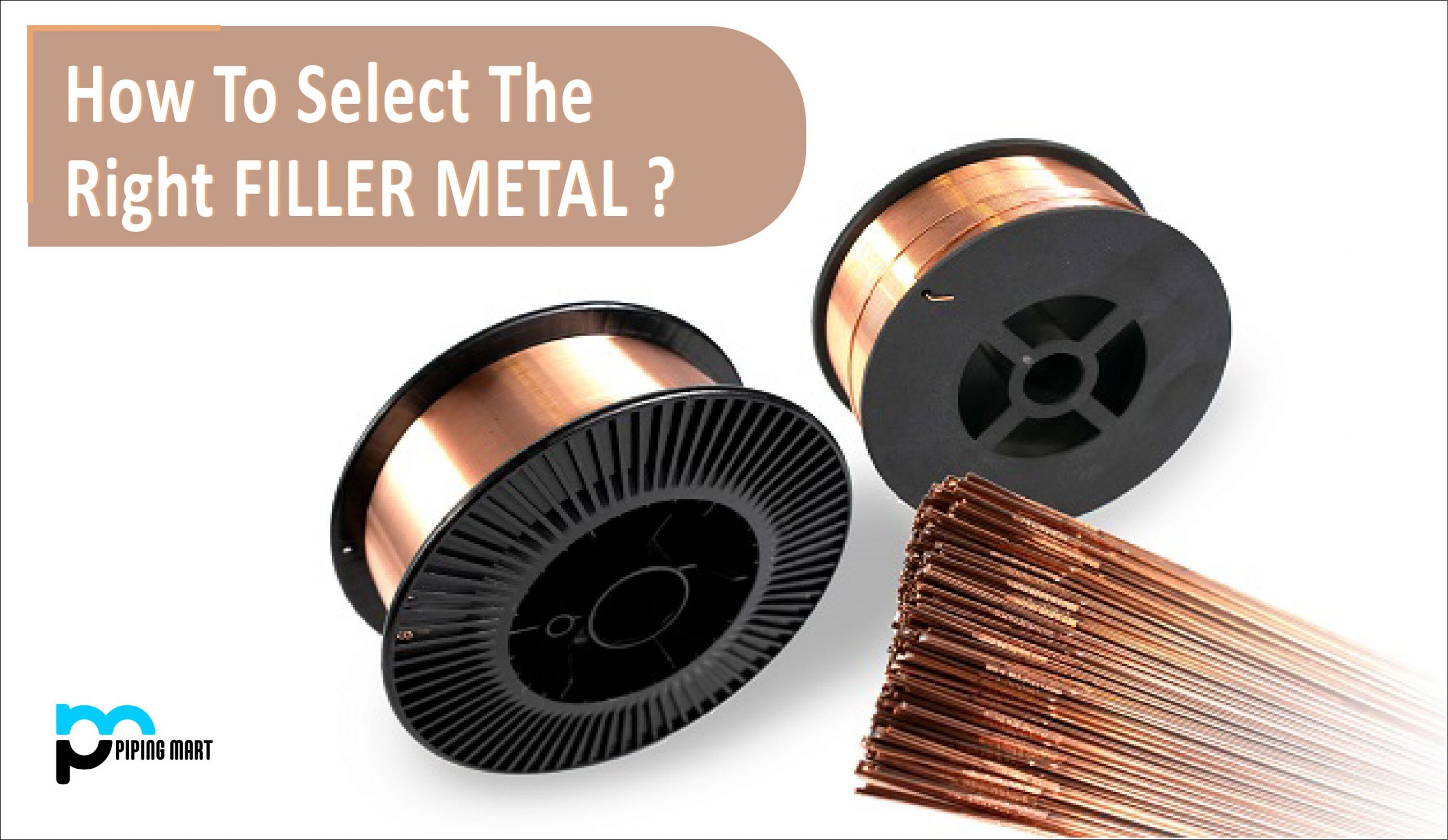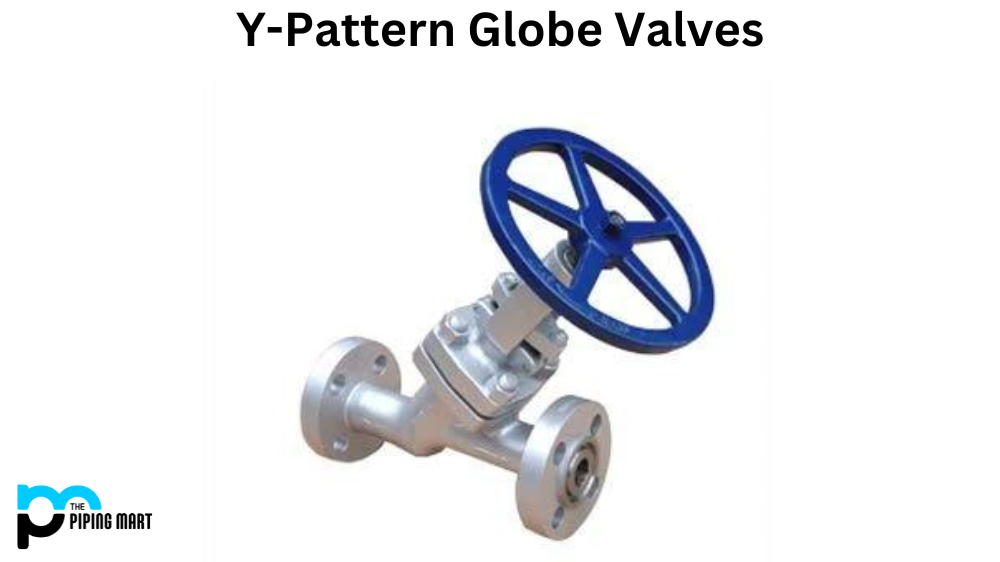Investment casting, also known as lost-wax casting, is an ancient process used to create precision metal parts of any shape and size. This process starts with the creation of a wax mould that is then dipped in a ceramic slurry and allowed to harden. The wax is then melted out, leaving a hollow ceramic shell that is filled with molten metal. This method offers manufacturers the ability to create complex geometries with greater accuracy than traditional machining processes while also reducing costs, lead times, and waste. Let’s take a closer look at this process and how it can be applied in various industries.
Process of Investment Casting
Investment casting begins with creating a wax pattern from an original design or application. The pattern is then injected into a rubber mould so multiple copies can be made quickly and accurately. Next, the wax patterns are placed on rods called “trees” to form what’s known as a “tree assembly”, which will eventually be dipped in a ceramic slurry and allowed to harden. Each tree assembly consists of several parts which have been fit together using pins or screws prior to being dipped in the slurry. After they are removed from the slurry, they are dried before being fired in an oven, where the wax melts away, leaving behind hollow ceramic shells that will eventually be filled with molten metal via centrifugal casting or gravity pouring.
Uses of Investment Casting
Investment casting has been used for centuries to produce precision metal parts for applications ranging from jewellery making to industrial machinery components such as valves, pumps, gears, shafts, turbines, impellers, and much more. It can also be used for manufacturing medical implants such as orthopaedic joint replacements due to its high precision capabilities. Additionally, investment casting offers manufacturers the ability to produce complex shapes while still maintaining structural integrity compared to other methods, such as machining or welding, which require additional steps and more material usage resulting in higher costs and longer lead times.
- Investment casting can be used to create metal parts with a high degree of accuracy.
- Investment casting can be used to create metal parts with very intricate designs.
- Investment casting can be used to create metal parts with a smooth surface finish.
- Investment casting can be used to create metal parts with a consistent wall thickness.
- Investment casting can be used to create metal parts with a complex shape.
Conclusion:
Investment casting is an age-old process that has stood the test of time thanks to its many advantages over traditional machining processes, including cost savings, shorter lead times, superior accuracy when producing complex geometries, limited material usage resulting in less waste production, improved structural integrity compared to welding processes and much more. While investment casting has been traditionally used mainly by jewellery makers, it has found its way into many other industries due to its versatility and cost-effectiveness including automotive manufacturing, medical device production and industrial machinery components, just to name a few applications where this technique can be applied successfully. As technology continues advancing, so too does investment casting, allowing for new applications every day!

Abhishek is a seasoned blogger and industry expert, sharing his insights and knowledge on various topics. With his research, Abhishek offers valuable insights and tips for professionals and enthusiasts. Follow him for expert advice on the latest trends and developments in the metal industry.




